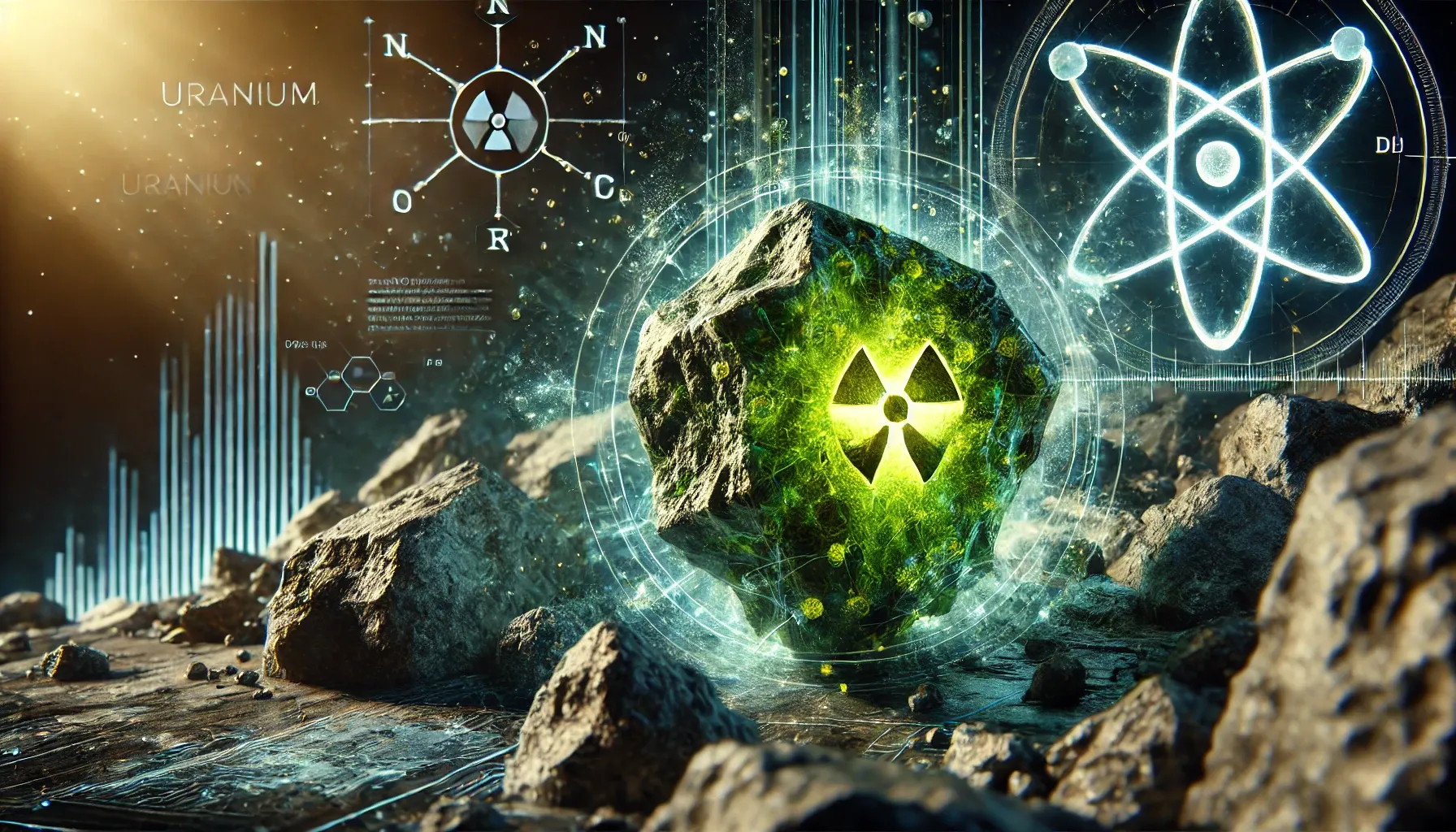UPSC
The Hindu Briefs
Uranium Enrichment and Centrifuge Technology
Last Updated
31st March, 2025
Date Published
31st March, 2025
Share This Post With Someone

Context:
Published on March 30, 2025, in The Hindu, this article explains the science behind uranium enrichment using centrifuges, a critical process for nuclear power and weapons development. It provides insights into the technology’s mechanics, applications, and global relevance, particularly in the context of nuclear energy and security, as of early 2025.
Key Points:
- Purpose of Enrichment: Enrichment centrifuges extract uranium-235 (U-235) from natural uranium, essential for nuclear power reactors (3-20% U-235) and nuclear weapons (around 90% U-235).
- Natural Uranium Composition: Natural uranium comprises 99.3% uranium-238 (U-238) and 0.7% U-235, with U-235 being the fissile isotope needed for energy and weapons.
- Centrifuge Mechanism:
- Converts uranium into gaseous uranium hexafluoride (UF6) using hydrofluoric acid.
- Spins UF6 at high speeds (up to 100,000 rpm) in a centrifuge, leveraging the slight weight difference (U-235 is lighter than U-238).
- Centrifugal force separates isotopes: U-238 moves outward, U-235 concentrates toward the center.
- Cascade Process: Gas from one centrifuge, slightly enriched in U-235, is fed into subsequent centrifuges in a chain (cascade), repeating thousands of times to achieve high U-235 concentration.
- Conversion to Metal: Enriched UF6 is reacted with calcium to remove fluorine, yielding pure uranium metal for reactor fuel or weapons.
- Technological Challenges:
- Centrifuges require extreme precision, spinning at 100,000 rpm, needing lightweight, strong materials resistant to corrosive UF6.
- Bearings must minimize friction, and rotors must withstand high stress, making construction complex.
- Historical Development:
- Concept proposed by Jesse Beams in the 1940s for the Manhattan Project, but gaseous diffusion was used instead due to initial impracticality.
- Post-World War II, centrifuge technology advanced, becoming viable with high-strength materials and precision engineering.
- Global Adoption: By the late 20th century, nations like the Netherlands, Germany, and the UK adopted centrifuges for civilian nuclear programs, proving their efficiency over gaseous diffusion.
- Iran’s Program: In 2025, Iran announced plans to enrich uranium with thousands of advanced centrifuges, raising concerns about nuclear weapon potential, as monitored by the U.N. watchdog.
- Efficiency Advantage: Centrifuges use 50 times less energy than gaseous diffusion, making them the preferred method for uranium enrichment today.
- Applications Beyond Uranium: Centrifuges separate isotopes of other elements (e.g., zinc for medical isotopes) and are used in labs to separate compounds like DNA or viruses.
- India’s Context: While not explicitly detailed, India’s nuclear program relies on such technologies for its energy and strategic needs, aligning with global trends in centrifuge use.
Key Terms:
- Uranium-235 (U-235): Fissile isotope of uranium critical for nuclear reactions.
- Uranium-238 (U-238): Non-fissile, abundant isotope in natural uranium.
- Uranium Hexafluoride (UF6): Gaseous compound used in centrifuges for isotope separation.
- Centrifuge Cascade: Series of centrifuges enhancing U-235 concentration progressively.
- Fissile Material: Substances capable of sustaining a nuclear chain reaction.
- Gaseous Diffusion: Older, energy-intensive method of uranium enrichment replaced by centrifuges.
- Manhattan Project: WWII-era U.S. program where centrifuge concepts were first explored.
Link To The Original Article – https://www.thehindu.com/sci-tech/science/centrifuge-getting-to-the-good-uranium/article69393205.ece